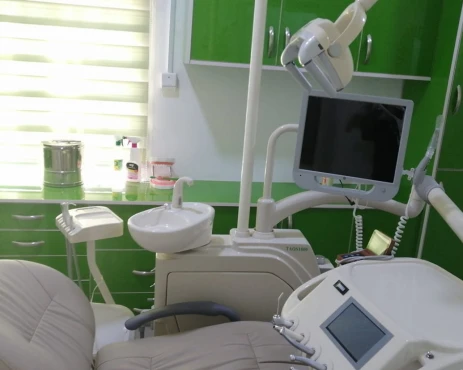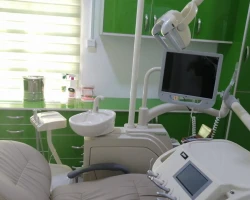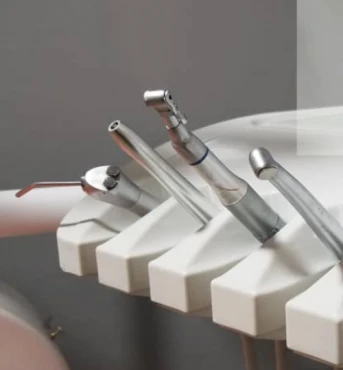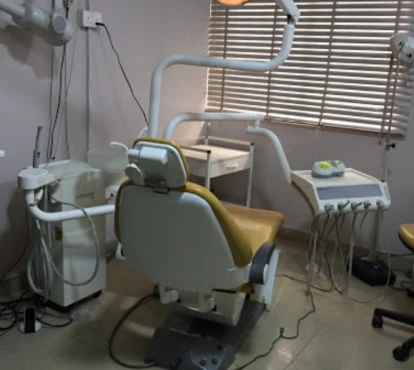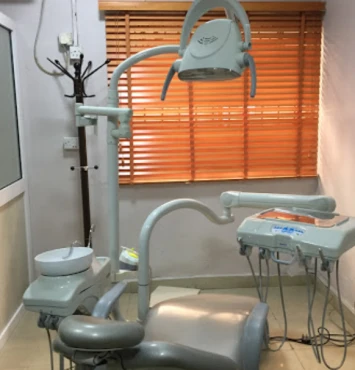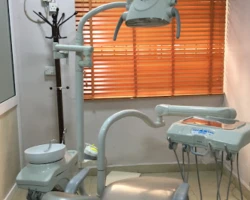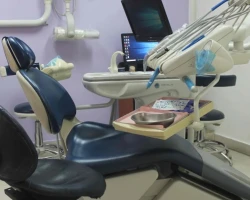Lingual frenectomy in 1 Dentistry clinic in Abuja
1 clinic specializing in Dentistry providing
Lingual frenectomy
Lingual frenectomy is a minor surgical procedure that involves removing or modifying the thin band of tissue (lingual frenulum) that attaches the tongue to the floor of the mouth, usually performed to improve speech or dental issues.
Read more...
procedure in Abuja.
Besides this clinic there are 2 Dentistry clinics in Nigeria.
Such diseases are treated by Smilehub Family Dental, Abuja: Abnormal tooth wear, Advanced dental caries, Ankyloglossia, Apical periodontitis, Benign oral mucosal disease, and others.
2 nearby similar clinics in Nigeria
Perhaps you should consider 2 more clinics we have found nearby basing on your Location, Procedure filters applied.

